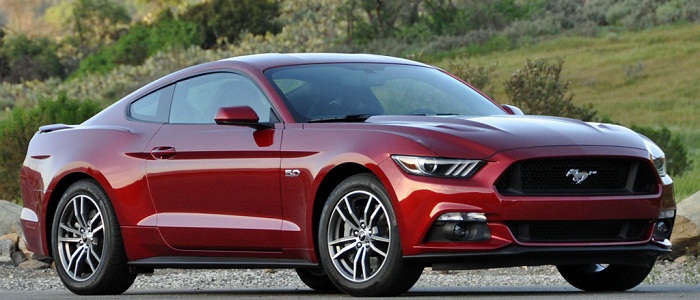





Basic info on Ford Mustang 2.3 EcoBoost
The American car was first shown in year 2015 and powered by a 4 - cylinder turbo petrol unit, produced by Ford. The engine offers a displacement of 2.3 litre matched to a rear wheel drive system and a manual gearbox with 6 or a automatic gearbox with 6 gears. Vehicle in question is a sports car with the top speed of 250km/h, reaching the 100km/h (62mph) mark in 5.8s and consuming around 8.0 liters of fuel every 100 kilometers.
Data

Check vehicle history
Performance
emission
Ecategory
6 gears
average
8.0l/100km
emission
Fcategory
6 gears
average
9.8l/100km
Pros & Cons compared to direct rivals
Safety results for Ford Mustang

Other cars that might interest you...
acceleration
faster
consumption
higher
power
higher
length
shorter
weight
lower
fuel tank
larger
boot
smaller
boot ext.
smaller
price
higher
acceleration
faster
consumption
higher
power
higher
length
shorter
weight
lower
fuel tank
larger
boot
smaller
boot ext.
smaller
price
higher
acceleration
faster
consumption
higher
power
higher
length
shorter
weight
higher
fuel tank
larger
boot
smaller
boot ext.
smaller
price
higher
acceleration
faster
consumption
lower
power
higher
length
longer
weight
equal
fuel tank
larger
boot
larger
boot ext.
larger
price
lower
acceleration
faster
consumption
lower
power
lower
length
equal
weight
lower
fuel tank
equal
boot
larger
boot ext.
larger
price
higher












